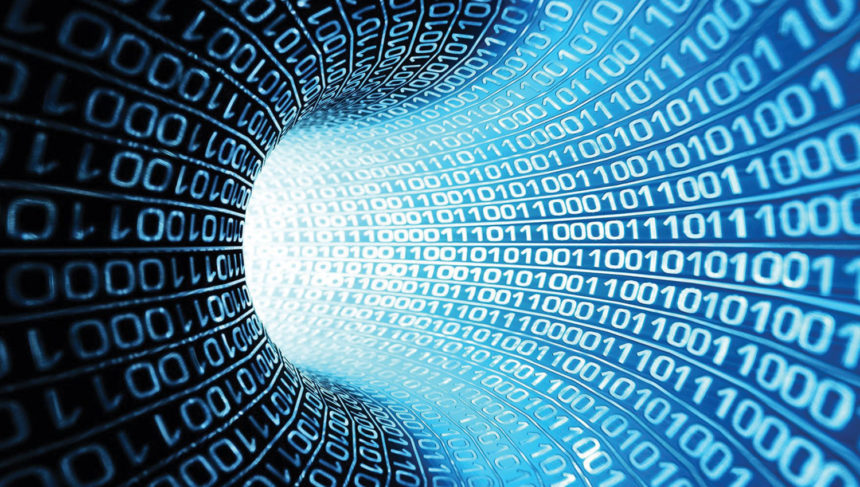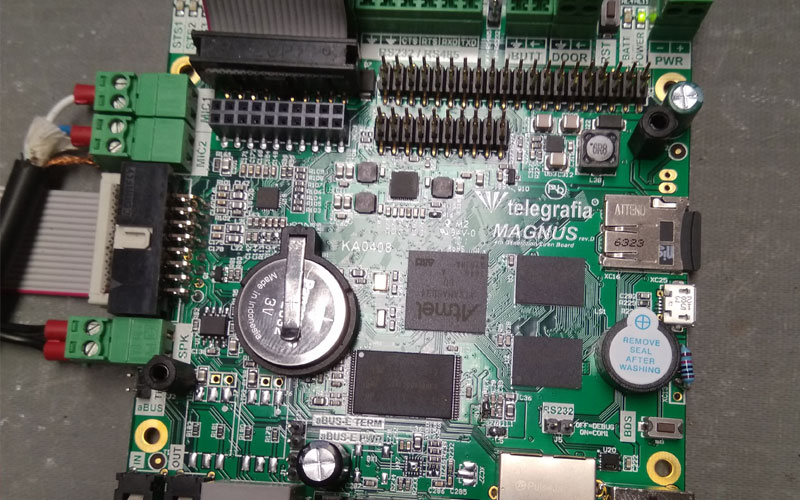
Focusing on Digital Radio
Digital audio broadcasting can be an effective tool to establish an efficient emergency warning system. With maximum coverage, it allows signal transmission over large populated areas. In 2017, Norway became the first country in the world to phase out the FM signal for the national and some regional broadcasting. 99.5% of the Norwegian population has access to digital audio broadcasting (DAB), and they will be the first in Europe to officially end the analogue era.
The advantage of digital radio is its increased capacity, meaning more channels for less bandwidth. When the other communications channels break down, such as GPRS/GSM and the Internet, DAB has shown to remain on the air even after successive incidents. The maximum of coverage makes the DAB one of the most effective methods of transmitting emergency messages to citizens in cases of significant human-made or natural disasters.
How Does Digital Radio Actually Work
A digital radio station creates a digital signal at the same time as an analogue one. The digital signal is compressed, broadcast, and transmitted from an aerial together with an analogue signal. The digital radio can carry speech, audio recordings and data through the air as strings of numbers. The transmitter sends each fragment many times, so there is a lower chance of the signal being lost. No matter what comes between the radio and the transmitter, the signal almost always gets through. Therefore, the digital radio sounds better. Not only is the digital signal different from the analogue one in quality, but also in the information it contains.

Frequency Spectrum
The full range of frequencies used by the wireless signal is controlled and managed by governments all around the world. Most of the more than 150 countries in the world have frequency management organisations. Digital radio combines several service areas in a multiplex so that radio stations do not need their own frequencies. All stations are broadcast from one, two or three transmitters (instead of one-per-station as it is in the case of analogue transmission). Another benefit of digital radio is that it is economical for national broadcasters as it offers more bandwidth for additional programming.

The article was written by
Monika Siserova
Monika is an international business manager for Balkan, Benelux and Scandinavian states. She worked with a diverse range of organisations, including government institutions, IGOs in the field of migration, private sector and non-profits. The mentioned experience laid a sound foundation for a challenging and meaningful job she has in the Telegrafia Company. Therefore, she is very excited about bringing you the latest news from the field of early warning and notification systems.
